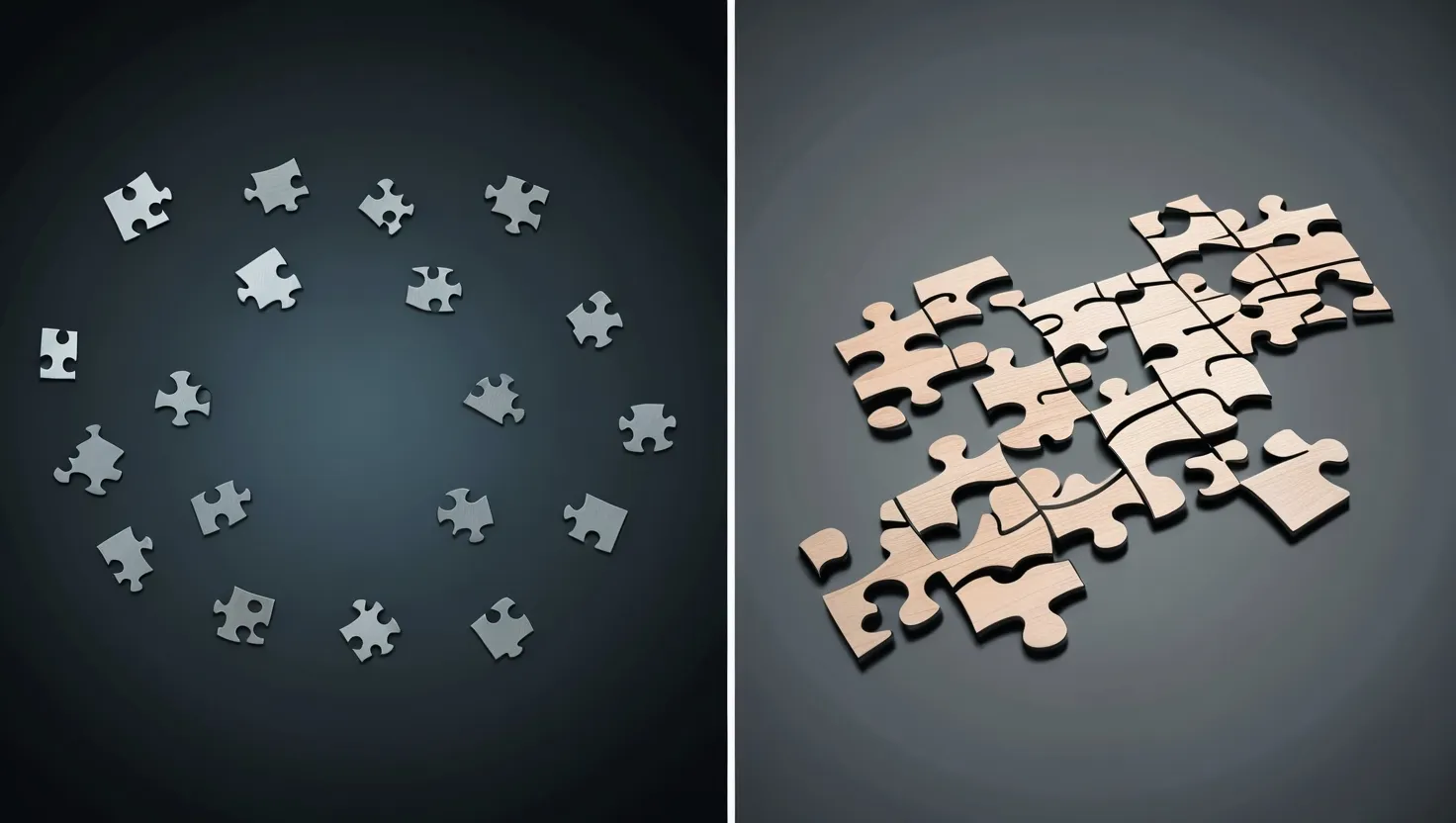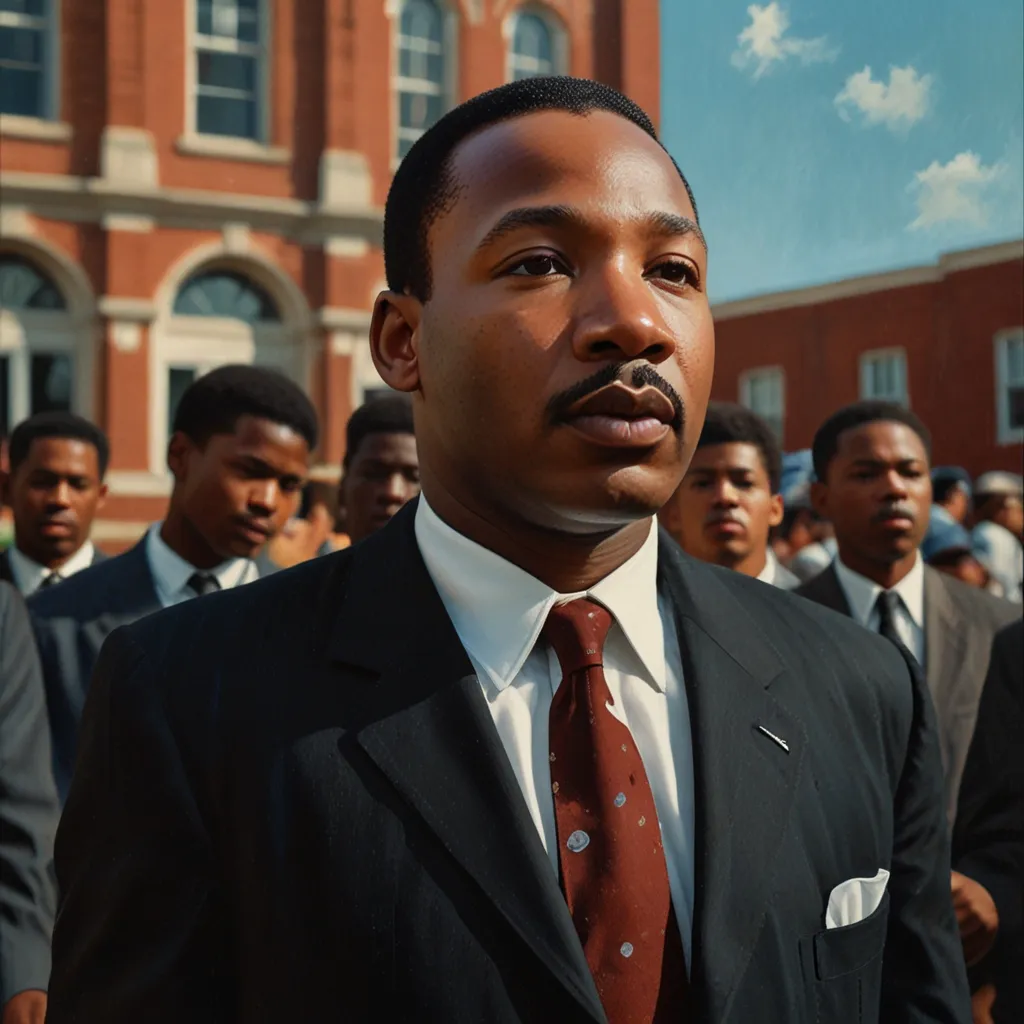If you’ve ever wondered how a single mistake—or a chain of them—can upend the course of nations, look no further than the world’s most notorious intelligence failures. This isn’t just about missed memos or agents nodding off on the night shift. It’s about moments when brilliant minds, empowered with cutting-edge technology and mountains of data, simply got it wrong. And in those moments, the fate of millions shifted.
Take Pearl Harbor. For years, historians and intelligence professionals have dissected the morning of December 7, 1941, trying to map out every missed warning and unheeded signal. But did you know that, days before the attack, Hawaiian commanders received separate, incomplete warnings from Washington, leading each to prepare for entirely different threats? One braced for sabotage from within, the other for a conventional military strike. The two didn’t compare notes. Even more surprisingly, the Army had radar, but its operators were told to work limited hours and left hub operations under-resourced. When a large blip appeared on the radar minutes before the attack, it was dismissed as incoming American bombers. The Japanese carriers, meanwhile, had vanished from U.S. tracking for over a week. All these fragments of knowledge existed, but no one put them together in time. Edward R. Murrow’s words echo here:
“The obscure we see eventually. The completely obvious, it seems, takes longer.”
Jumping ahead two decades, we land in the swamps of Cuba during the Bay of Pigs invasion. If the planners had listened to locals in Miami or exiles on the ground, they might have realized Castro’s grip was far tighter than their reports suggested. Why did so many believe the Cuban people would join an uprising? It wasn’t just wishful thinking—it was a case of analysts assuming what they hoped to see, not what the data showed. A favorite quote from Sir Arthur Conan Doyle’s Sherlock Holmes seems apt:
“It is a capital mistake to theorize before one has data. Insensibly one begins to twist facts to suit theories, instead of theories to suit facts.”
The Bay of Pigs showed me how intelligence work isn’t just about collecting secrets. It’s about listening, challenging groupthink, and daring to be the dissenting voice in the room. Could a single analyst, brave enough to push back against leadership, have changed the outcome? Or do we underestimate the immense pressure that comes when decisions move quickly and confirmation bias reigns? These aren’t just historical questions—they’re ones we should keep asking.
Fast forward to the Middle East, 1973. The Yom Kippur War is sometimes described as the ultimate case study in analytical blindness. Israeli intelligence prided itself on superior information, yet it couldn’t see that the old patterns were being rewritten. They trusted a concept known as “the Concept,” a framework insisting that Egypt and Syria would not attack without overwhelming air superiority—something they supposedly didn’t yet possess. But war plans don’t always follow familiar scripts. Even as Egyptian and Syrian preparations became hard to ignore, analysts reassured themselves this was just another exercise. The lesson? Rigid doctrines are often the enemy of good sense.
“The greatest enemy of knowledge is not ignorance, it is the illusion of knowledge.” — Stephen Hawking
Have you ever found yourself so sure of an outcome, you dismissed all signs to the contrary? Intelligence professionals are trained to guard against this, but history shows even the best fall prey to these traps. The Yom Kippur War, in particular, is a stark warning about the dangers of certainty.
September 11, 2001, is remembered as a day of unimaginable tragedy. In the years since, much has been written about what intelligence agencies knew—or should have known—ahead of time. In truth, the clues were everywhere, scattered across the desks of a dozen agencies. The CIA identified known extremists entering the U.S.; the FBI flagged suspicious flight students. But no one stitched these puzzle pieces together. Why? Bureaucratic rivalries, legal hurdles, and a dangerous belief that “someone else” was handling the problem.
I often ask myself: what can organizations do differently to avoid this kind of siloed thinking? Is it about more information sharing, or about changing cultures that reward secrecy over cooperation? The creation of the Department of Homeland Security was meant to solve this, but some critics argue that the fundamental challenges—human bias, institutional inertia—persist.
“We do not learn from experience… we learn from reflecting on experience.” — John Dewey
The absence of weapons of mass destruction in Iraq is a more recent—and politically charged—example. Here, intelligence wasn’t so much missed as it was misinterpreted. Analysts received fragmentary reports, some from questionable sources, and failed to rigorously test their conclusions. As doubts arose, nobody wanted to be the person to challenge the overwhelming political momentum. This wasn’t just about faulty spies or secret codes—it was about the failure to foster an environment where uncomfortable truths could surface.
Do you ever wonder how much groupthink still shapes major decisions today? With hindsight, it’s easy to see where things veered off course. But at the time, the pressure to conform, to not appear “soft” on threats, was immense. The lasting impact isn’t just on military doctrine—it’s a public now deeply skeptical of official narratives.
What unites these stories isn’t a lack of raw intelligence. In each case, information was out there, floating in cables, conversations, and cryptic intercepts. The real failures were much more human: biases left unchecked, warning signs ignored, and flawed assumptions too comfortable to discard. Intelligence work is, after all, an exercise in humility.
It’s tempting to look for a single villain, a bureaucrat who slept through the alarm, a general too stubborn to listen. But more often, it’s the system itself—structured in ways that reward caution and penalize dissent. If you had been in the room, would you have spoken up? Would I?
History moves because of these pivotal moments. Each failure forced sweeping changes, some for the better. Following Pearl Harbor, the U.S. overhauled its intelligence apparatus, creating new protocols and breaking down some of the walls between agencies. The aftermath of the Bay of Pigs and Yom Kippur War led to institutional soul-searching, improved analytic training, and new checks on certainty. After 9/11, “connecting the dots” became the mantra, and the hunt for WMDs in Iraq left a generation of analysts wary of political pressure.
Here’s what I take from it all: The best intelligence isn’t just about secrets—it’s about honesty, intellectual courage, and a willingness to challenge your own conclusions. Do you believe the lessons of these failures are truly understood today, or are we only waiting for the next surprise?
“Mistakes are the portals of discovery.” — James Joyce
So, I keep returning to the same question: what would it take for an intelligence system to truly learn, adapt, and self-correct? Technology helps, but at its heart, intelligence is a human endeavor. We need more dissent, more uncomfortable questions, and a culture that values the slow, painstaking work of analysis over the quick fix.
These stories aren’t just relics from the past. They remind us how fragile our systems can be, and how crucial thoughtful skepticism remains. The challenge isn’t to prevent all surprises—an impossible task—but to build institutions humble and flexible enough to imagine the unimaginable. Only then can we hope to avoid history’s next—and perhaps costliest—lesson.






